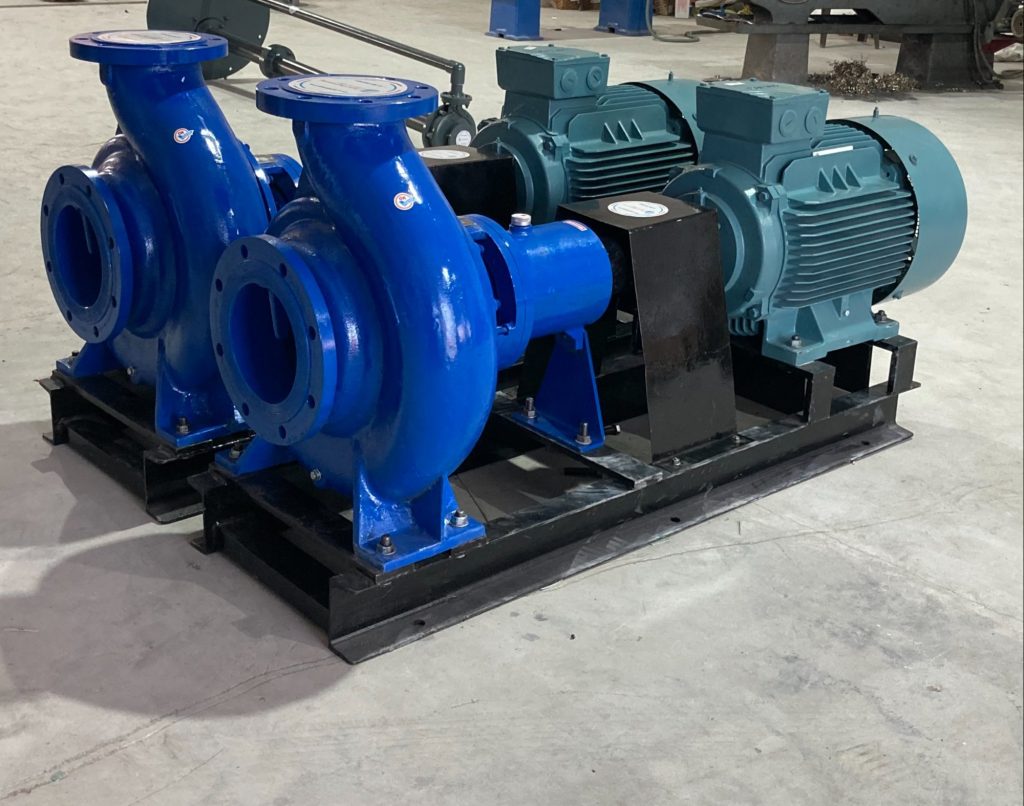Centrifugal pumps have been a cornerstone of fluid transportation for over a century, serving diverse industries from agriculture to manufacturing to water treatment. However, the future of fluid transportation lies in innovation, and recent advancements in centrifugal pump technology are reshaping the landscape. These innovations promise increased efficiency, reduced energy consumption, and improved sustainability, making them a vital component of our evolving infrastructure.
Smart Pumping Systems – One of the most significant developments in bombas centrifugas technology is the integration of smart pumping systems. These systems use sensors, data analytics, and automation to optimize pump performance. By constantly monitoring variables such as flow rates, pressure, and temperature, smart pumps can adjust their operation in real-time to match changing demand, thereby reducing energy consumption and wear and tear on the equipment. For example, in a water distribution system, a smart pump can detect variations in demand throughout the day and adjust its speed accordingly, ensuring that water is delivered efficiently without over-pumping. This not only saves energy but also extends the lifespan of the pump and reduces maintenance costs.

Advanced Materials and Design – Innovations in materials science and pump design have also played a crucial role in the future of fluid transportation. Engineers are developing pumps with improved materials that can handle a wider range of fluids, including corrosive and abrasive substances. This versatility makes these pumps suitable for applications in industries like chemicals, mining, and wastewater treatment. Additionally, the use of computational fluid dynamics CFD and 3D printing technology allows for more precise and efficient pump design. These advancements result in pumps that generate higher flow rates with lower energy consumption, making fluid transportation more sustainable and cost-effective.
Energy Efficiency and Sustainability – In an era focused on sustainability, centrifugal pumps are also evolving to minimize their environmental impact. Variable frequency drives VFDs and permanent magnet motors are being integrated into pump systems to enhance energy efficiency. VFDs enable pumps to operate at varying speeds, matching the flow rate to demand and reducing unnecessary energy consumption. Permanent magnet motors are inherently more efficient than traditional induction motors, further contributing to energy savings. Furthermore, the development of pumps with advanced seals and bearings minimizes the risk of leaks, which can be environmentally damaging and costly. By preventing leaks and optimizing pump operation, these innovations are making fluid transportation systems greener and more reliable.
Remote Monitoring and Maintenance – The Internet of Things IoT has revolutionized the way we monitor and maintain centrifugal pumps. IoT-enabled pumps can transmit real-time data to centralized control systems, allowing operators to remotely monitor performance, detect issues, and schedule maintenance proactively. This not only reduces downtime but also prevents catastrophic failures, saving both time and resources.
Predictive maintenance algorithms, powered by machine learning, can analyze the collected data to predict when a pump is likely to fail and recommend maintenance actions. This proactive approach minimizes unplanned downtime and extends the lifespan of the equipment, contributing to overall system reliability. As our world becomes increasingly focused on sustainability and efficiency, the continued development and integration of these innovations will play a pivotal role in shaping the infrastructure of tomorrow.